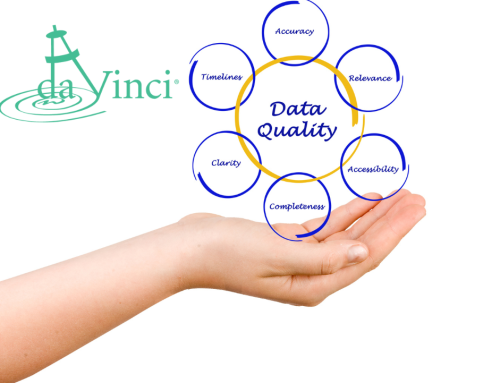As retailers grapple with the impact of COVID-19, there has been a surge in digital commerce, contact-free pickup in stores and expanded delivery offerings. Retailers who can pivot fastest are coming out winners in this highly challenging business environment.
Achieving this is no simple task, as many retailers have a common underlying problem: existing systems infrastructure can’t keep up with the pace of the business, particularly during a time of historic change. This is because the majority of technology is based on “thick” clients and resource intensive deployment practices. Many must work with a software application installed on every individual desktop or device throughout the enterprise. Any time an update is needed, an entirely new installation of the application is required on every single device.
This approach is unsuitable for the disruptive environment that currently exists where speed to market is critical and in person support is restrictive. As retailers strive to adapt to their customers’ changing buying behaviors, many are struggling due to the inflexibility of their legacy systems infrastructure. This can lead to inefficiencies and loss of revenue due to resource availability delays.
Let’s face it, this trend is here to stay. The popularity of these new business models in the retail industry will remain well after the crisis passes. Ultimately, retailers will need to figure out how to maintain and support these systems in a cost effective and less labor-intensive way to minimize operational and systems integration costs.
Scaling Through a Multi-Layered Strategy
Retailers need a way to deliver the latest products and experiences to customers where they shop and add new capabilities quickly, all while leveraging existing IT investments. A software-defined strategy can provide a viable path forward for retailers. Software-defined strategy are applications that is specifically built for the retail edge, enabling retailers to optimize their existing IT stack and still migrate to a more open, agile and scalable infrastructure.
This is achieved by building the connection between existing systems and value-added software. New software applications that specialize and can dynamically react with you as you adjust your business model to cater to new market dynamics. By leveraging software applications designed to bridge the gap between legacy systems and new business models, retailers can easily implement new software independently and add new technologies easier, with less cost and lower risk. Furthermore, with the advent of use as you go hardware services like Microsoft Azure and Amazon AWS, hardware can easily scale as the need arise. Through a multilayered technical stack, you can access multiple applications with a single layer, making existing hardware multipurpose.
The Cloud
Before the advent of cloud computing, it could take a long time to get new applications running smoothly. Cloud-based applications have significantly reduced the time required for successful deployment and execution. Deployment time in cloud computing is significantly reduced and applications that are critical for growth and success can be online almost instantly, giving you a strategic competitive advantage over competitors who have not yet adopted cloud technology.
Learn more about: daVinci applications in the Cloud
The Cloud provides greater flexibility in how employees work. As it is internet based, staff can access their data both in and out of their office, enabling them to work remotely, especially critical during the COVID crisis. Many companies are increasingly using this to give employees more flexible working conditions and to cut down on the amount of office space requirements. Cloud applications give staff access to the company’s system using web-enabled devices to collaborate in real-time with team members.
As retailers increasingly look to migrate their existing infrastructure to the cloud, it can be daunting and risk prone to invest in thick applications. Yet new cloud applications may require systemic change your existing infrastructure isn’t ready to handle. Multi layered technical infrastructure helps bridge the gap and give you the option to migrate incrementally.
Innovating in the New Normal
COVID-19 is forcing retailers to reassess their current operational processes. As they strive to do more with less, automation is high on the agenda. Ultimately, the “new normal” will be about having the flexibility to adapt quickly to an unpredictable future.
IT managers understand that complete systemic change overnight is hard and incredibly risky. And that navigating change methodically with selective value-add applications to deliver immediate benefit to their business partners while keeping the lights on their legacy systems is what will enable them to leapfrog the competition. Whether it’s automating a currently manual planning and buying process, or eliminating duplicative data entry points with behind the scenes integration, speed to market is the critical success factor in today’s retail environment.





















